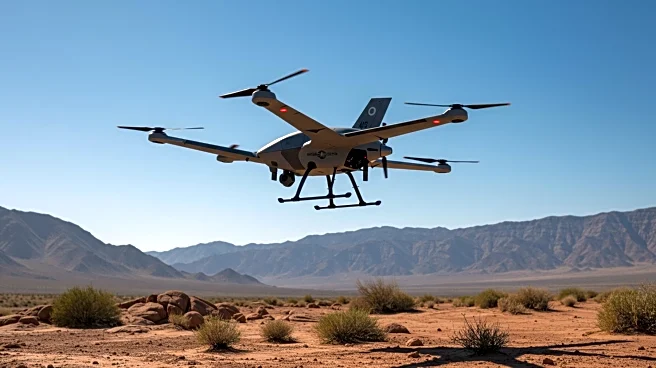What's Happening?
Typhoon Kajiki is currently intensifying in the South China Sea, according to the Joint Typhoon Warning Center. The storm is expected to bring heavy rainfall and strong winds to the region, with potential impacts on coastal areas. Kajiki's path is being closely monitored as it poses a risk of flash flooding and power outages. The typhoon's development is part of the broader typhoon season, which typically affects regions such as the Philippines, Japan, and Taiwan. The storm's intensity and trajectory are being tracked using satellite imagery and radar, which help determine the potential impact on affected areas.
Why It's Important?
Typhoon Kajiki's intensification highlights the ongoing risks associated with typhoon season in the Asia-Pacific region. While the immediate impacts are focused on areas outside the United States, the storm serves as a reminder of the interconnected nature of global weather patterns. U.S. territories in the Pacific, such as Guam, have previously experienced significant damage from typhoons, underscoring the importance of preparedness and response strategies. The economic and humanitarian impacts of such storms can be severe, affecting infrastructure, agriculture, and local communities.
Beyond the Headlines
The intensification of Typhoon Kajiki also raises questions about the broader implications of climate change on storm patterns and intensity. As global temperatures rise, the frequency and severity of tropical storms and typhoons may increase, posing challenges for disaster management and mitigation efforts. Understanding these patterns is crucial for developing long-term strategies to protect vulnerable regions and minimize the impact of future storms.













